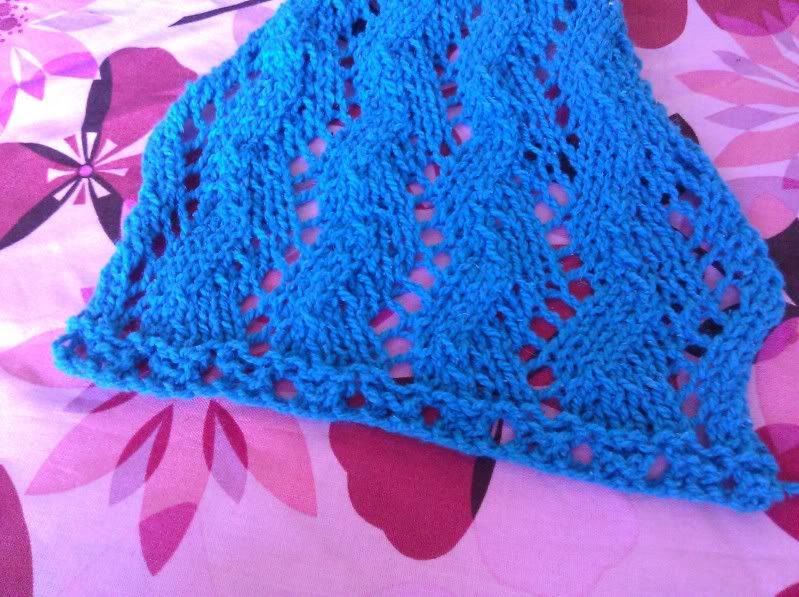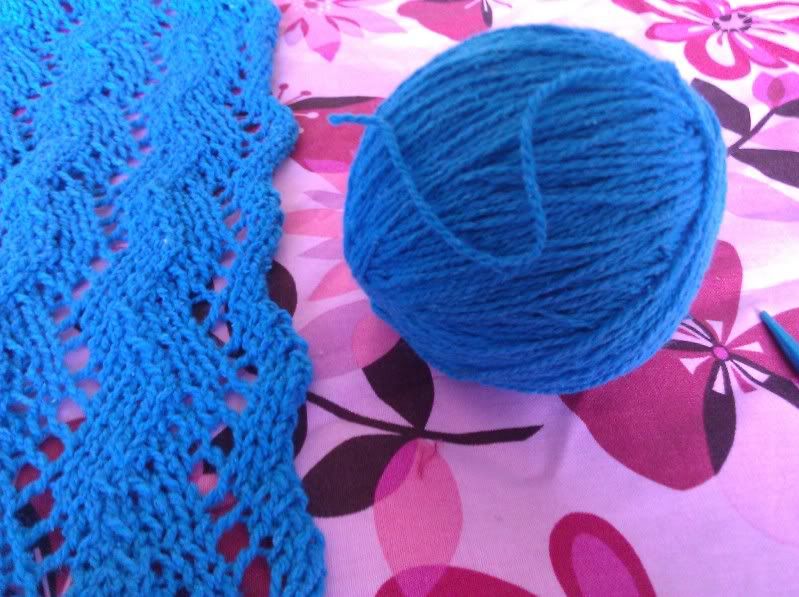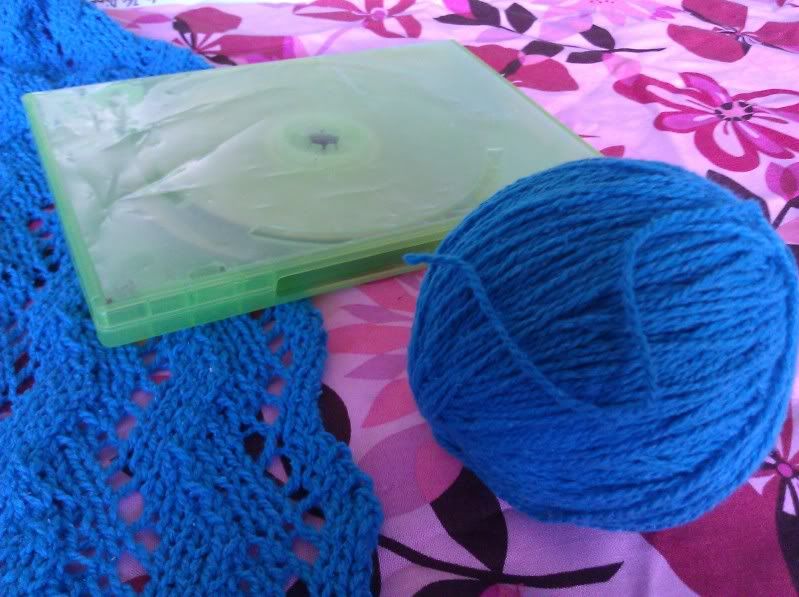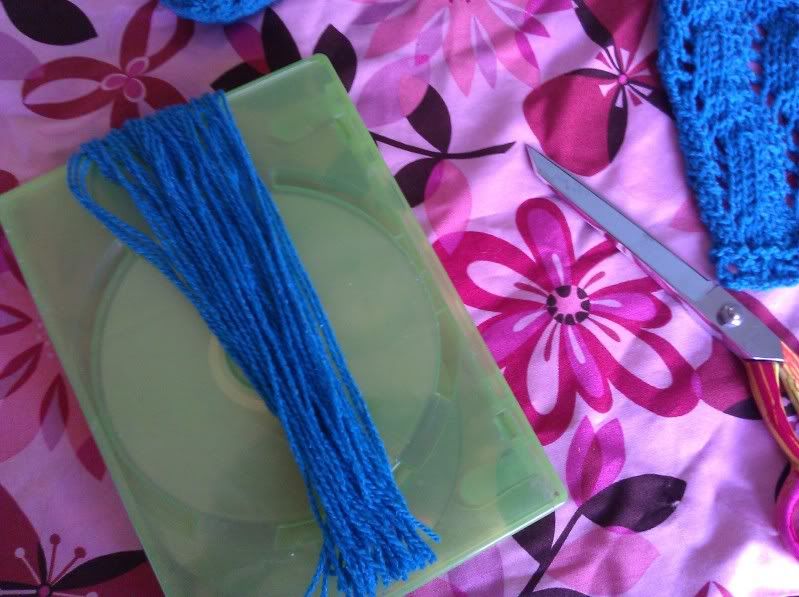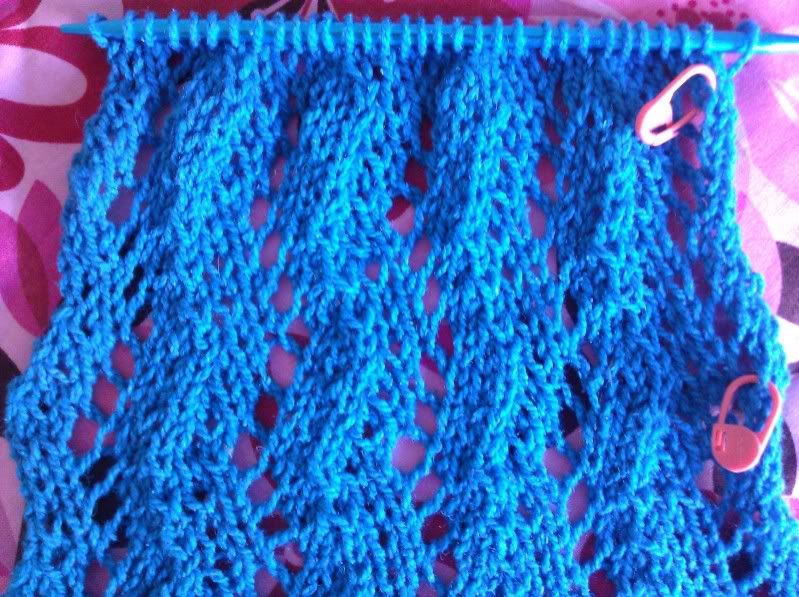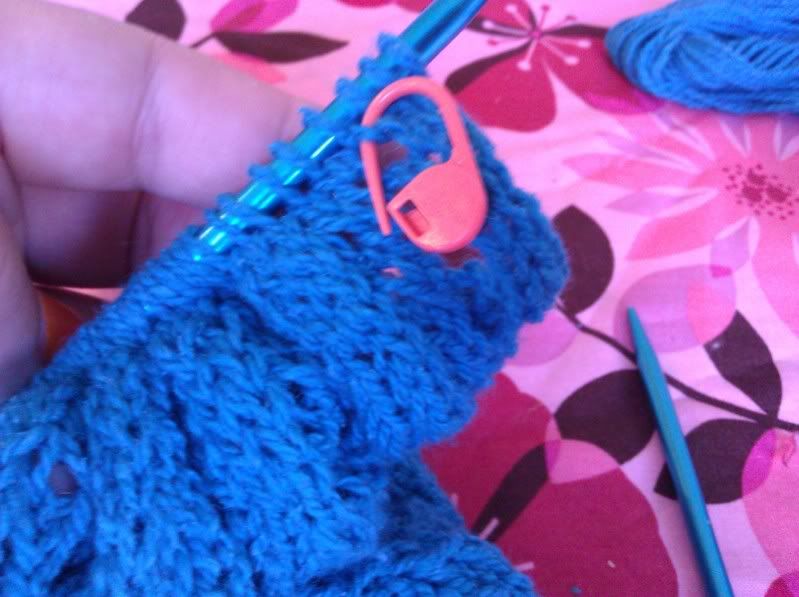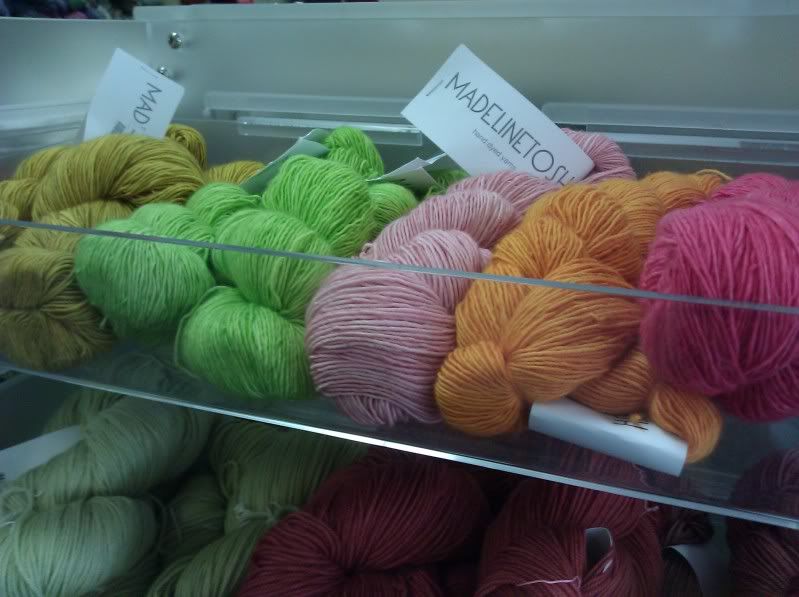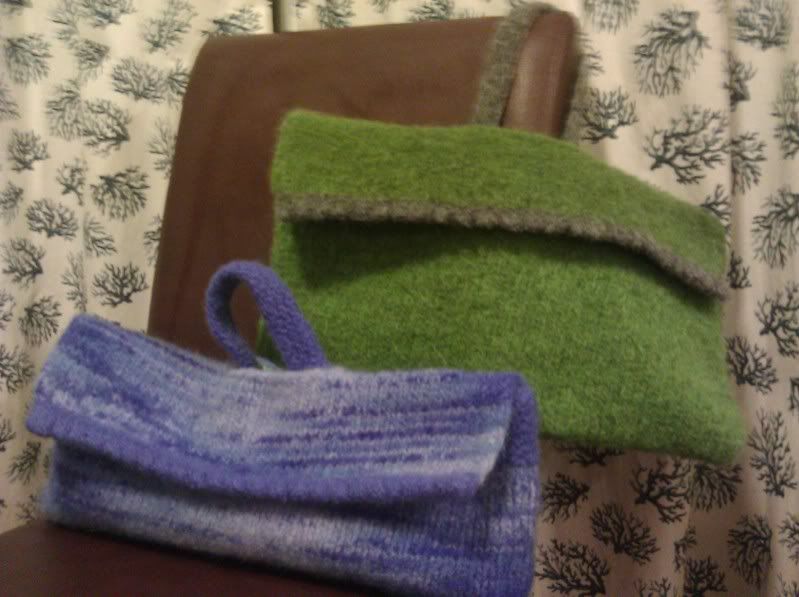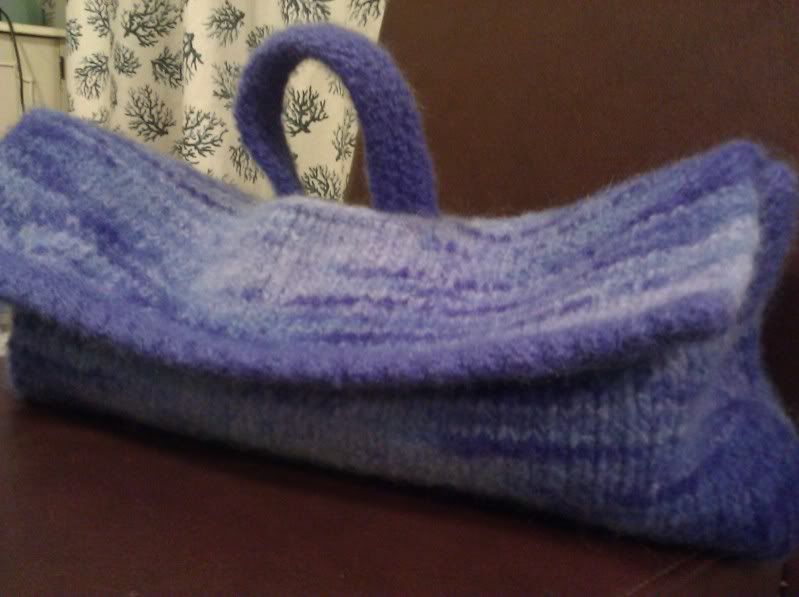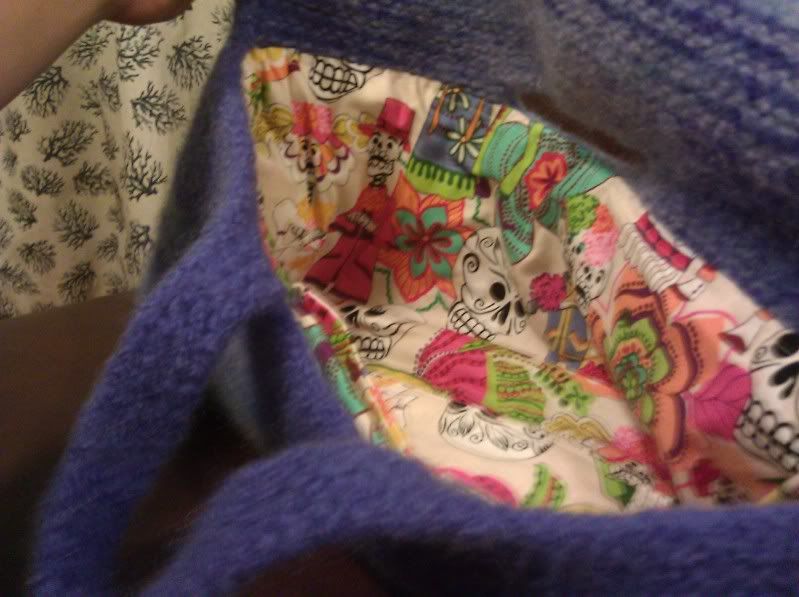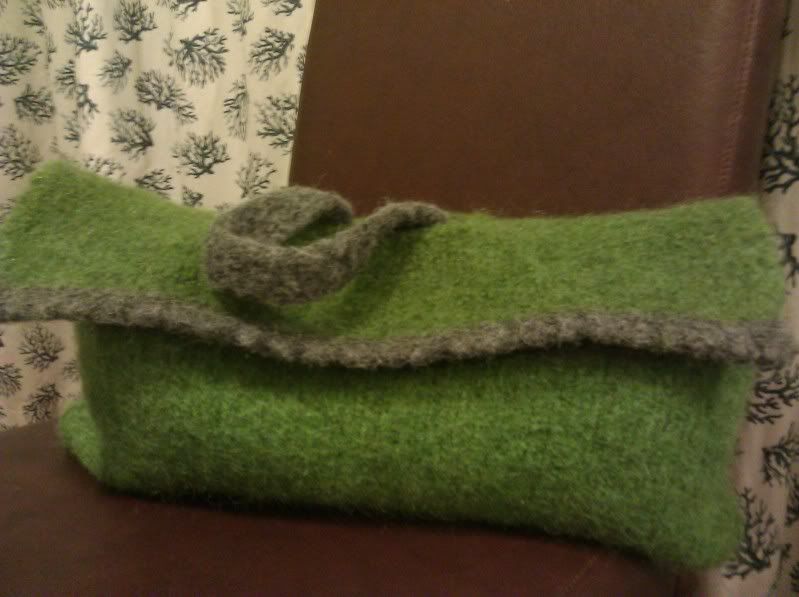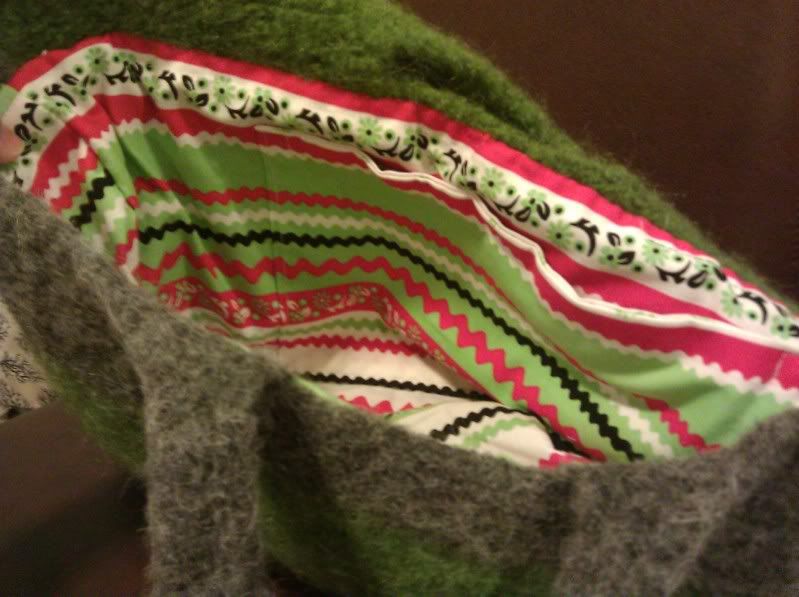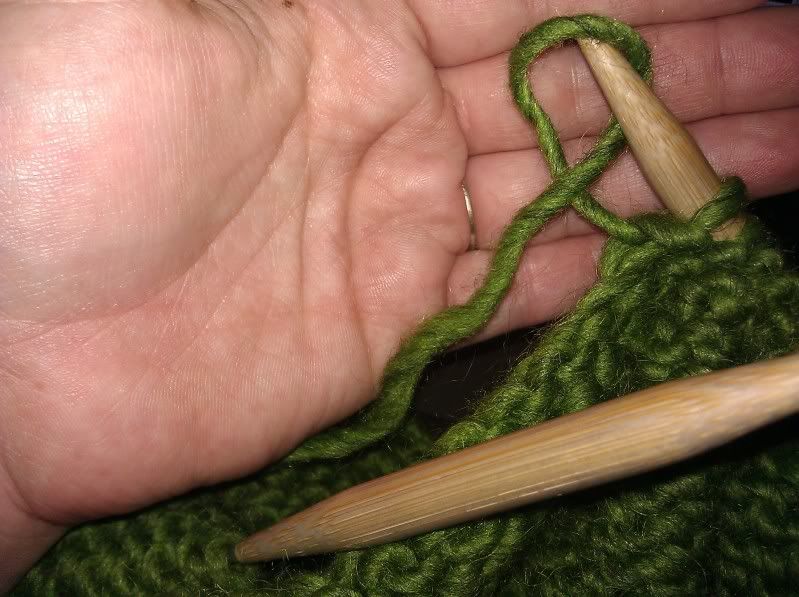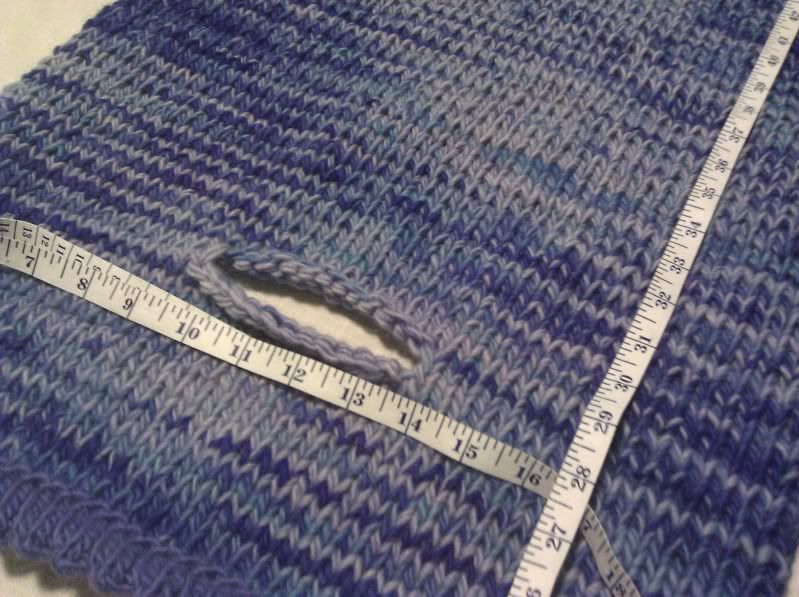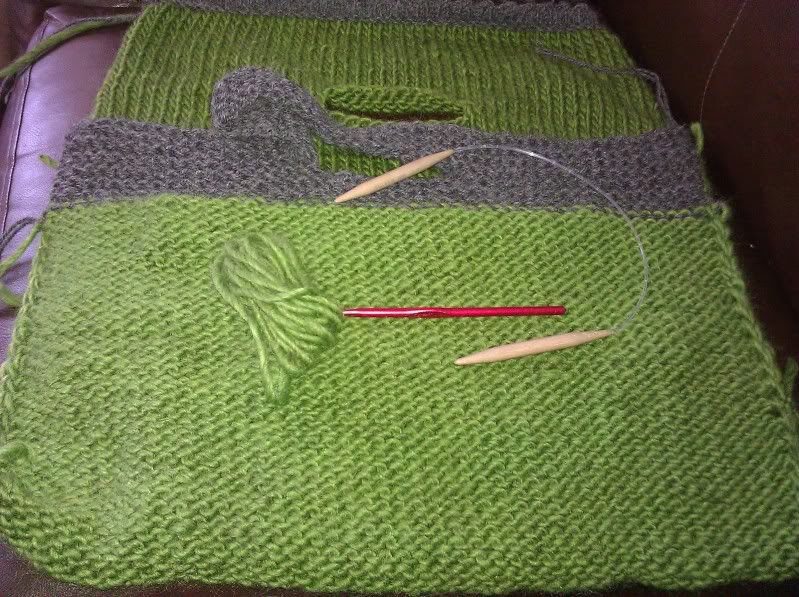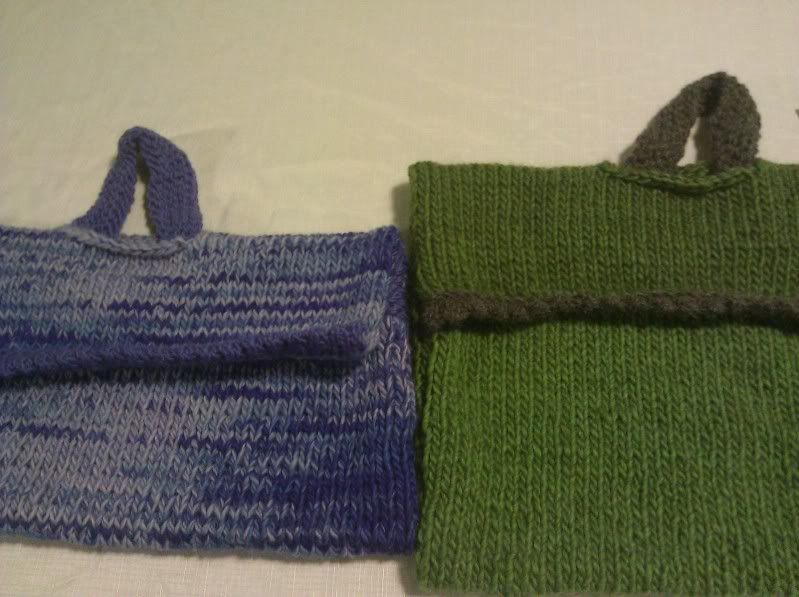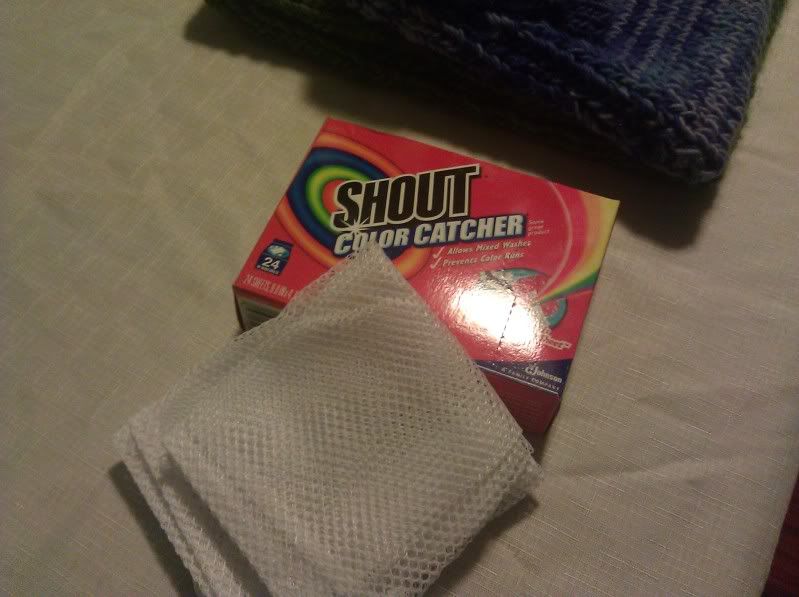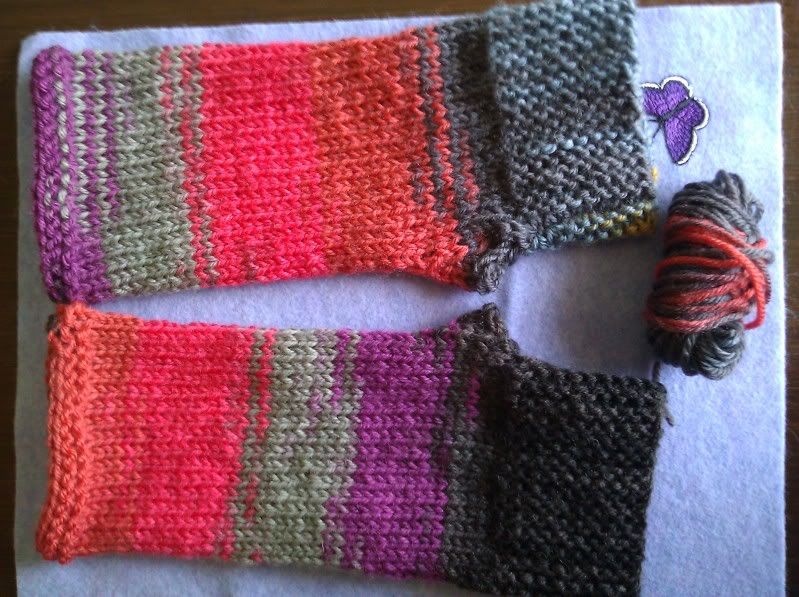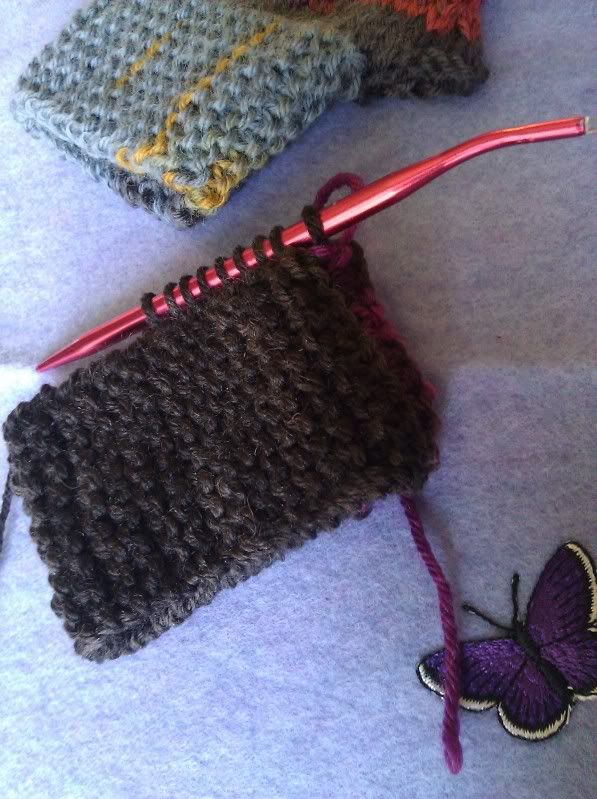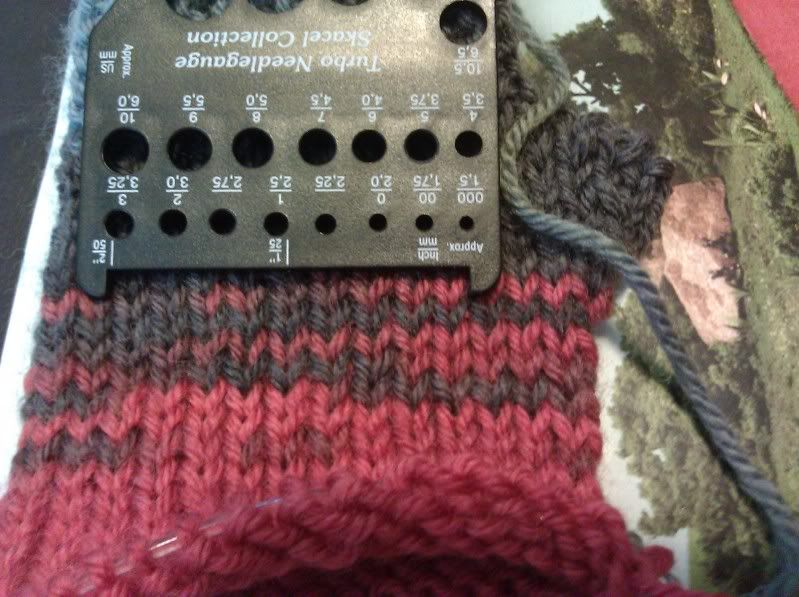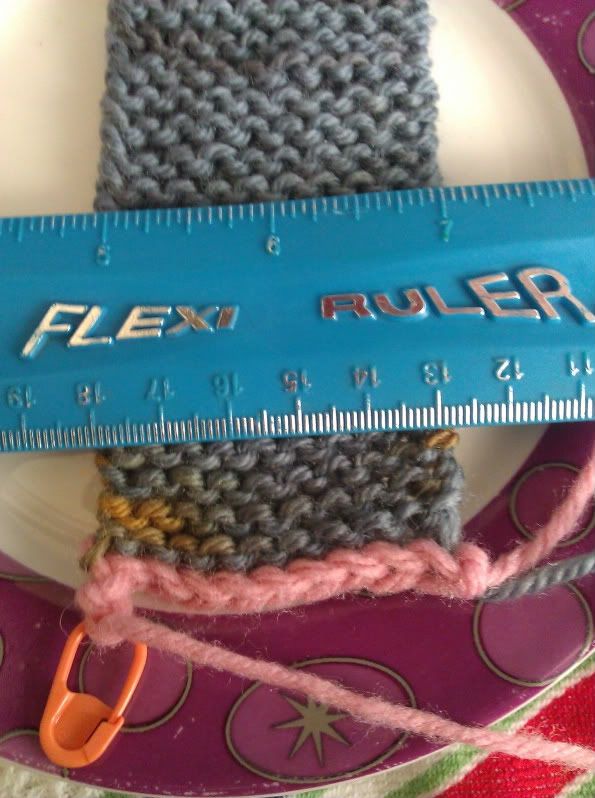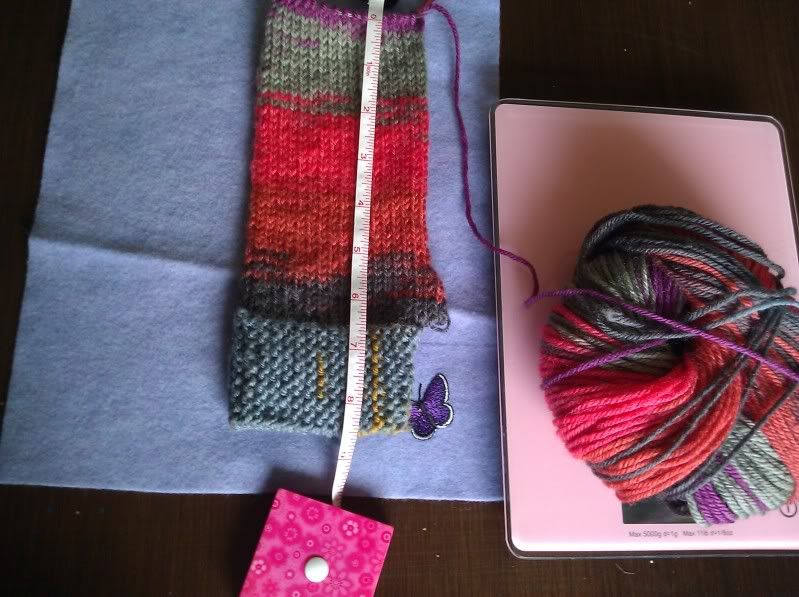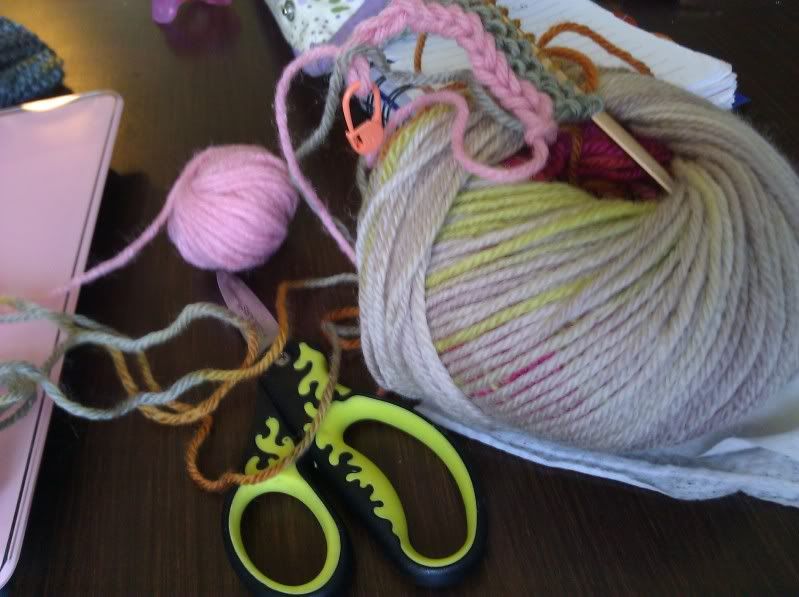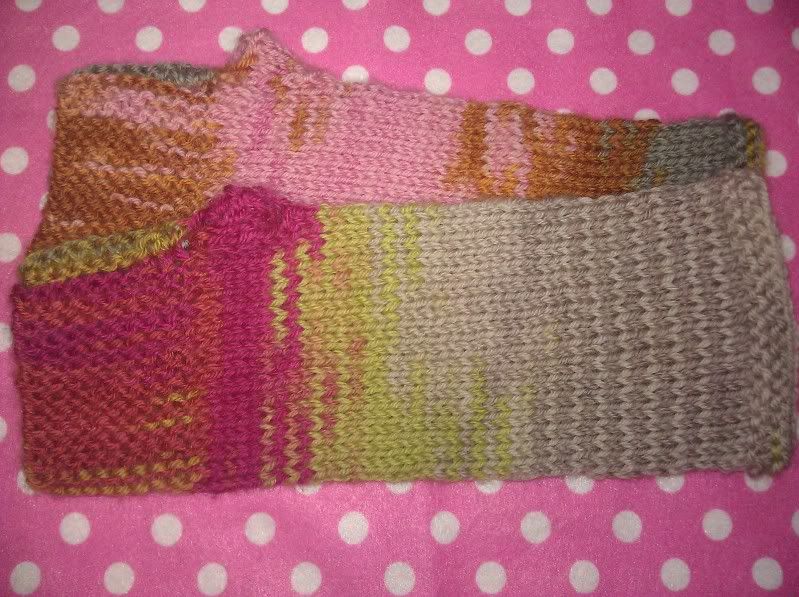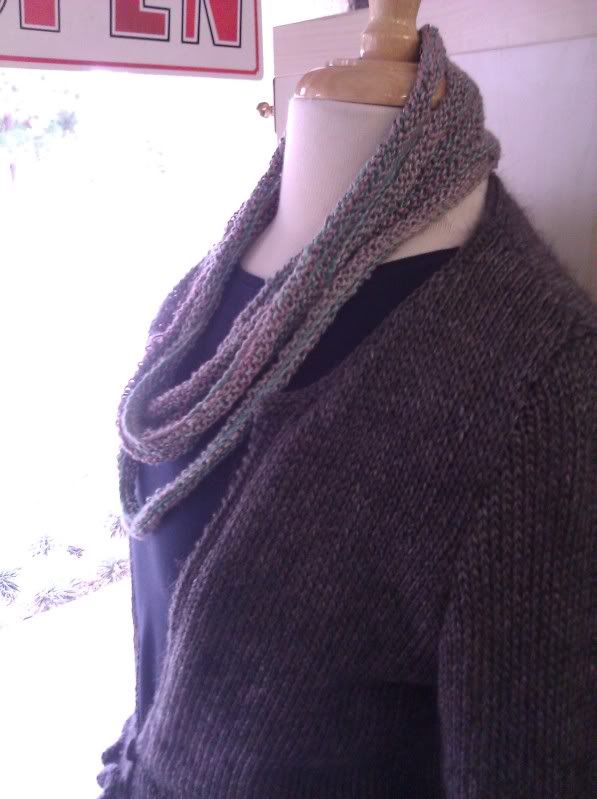
This week's project was a big hit last summer, but I never got around to making my own. Terry exposed us all to sev[en] circles and it is a great quick project. It is form and function all in one as it is a beautiful piece of jewelry as well as a device of warmth.
Week of July 29 thru August 4:
Project: sev[en] circles by Kirsten Johnstone
Yarn: Plymouth Yarns Vizions (see options for yardage below)
Needles: US 7/4.5mm
Knitting Plan:
Let's make this easy: you are going to follow one of two plans - a circle a day or devour it all in one night. With lots and lots of distractions slowing me down, each circle was taking me about 40 mins. So, it could be done in an evening if you start early enough.
Notes:
a) MAJOR MODS: I got to five circles using 1 BALL and only working 5 ROUNDS per circle.
If you bought 2 BALLS, then you could do all 7 circles at 5 ROUNDS each. If you bought 3 BALLS, then you should be able to work the first circle option as written.
b) Join in the round simple by bringing your needles together and start knitting the first round.

c) As you complete your first circle, knit 10. Then, knit 2 more to begin bind off sequence.
d) There is no need to keep counting as you bind off. You just need to stop when 10 sts remain before the marker. That will look like one st on your right hand needle and 9 sts unworked on your left hand needle.
e) When casting on, place a marker every 10 sts to keep count. Never be marker proud. I like anything that saves steps and this saves counting over and over again. Remove these markers as you knit the first round of each circle.
f) Backwards loop (or e-loop) Cast On VS. Cable Cast On.
Backwards loop Cast On is the technique suggested by the pattern. It is very easy to execute as you twist your yarn to look like a cursive E and then place that loop on your needle. The downfall is that it can look sloppy and can be hard to work into on the next row.
Cable Cast On is a little trickier but well worth the trouble. You turn your work to the purl side to begin and insert your needle in between the sts to draw up a new loop. I cast on the first circle with this CO (as per Terry's suggestion); then, I did the backward loop on the second circle. I chose to continue with the Cable CO on the rest as it was speedier to work into them.
g) I chose to weave my ends in along the CO and BO edges nearest the center spine. If you choose an option that uses more than one ball, then, I would recommend adding the new balls closest to the spine as possible. This choice should help to make woven in ends the least conspicuous.
If you are viewing this post far from driving distance from our store, then please remember that we will happily take phone orders. Here is a link to a color card to ease your color choosing process. Call us @ (805) 654-9500. (There will be a postage charge for shipping.) Also, I want to mention that we have refined the 10%off sale to apply when you are buying the yarn for the featured project.


